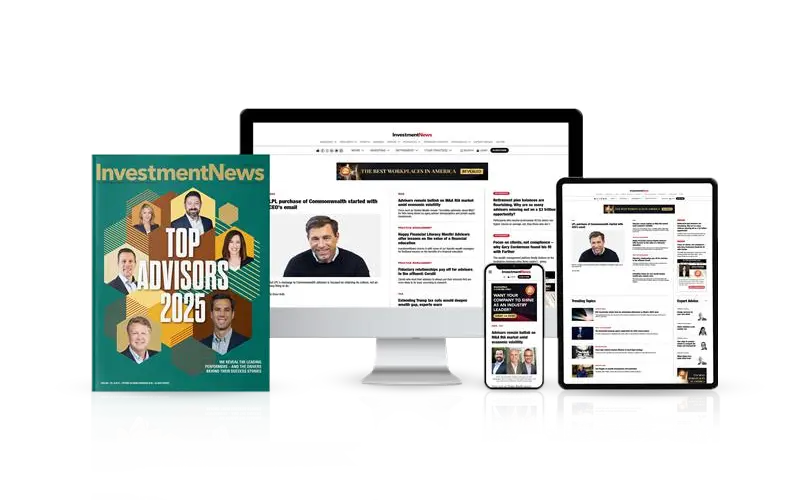

It's hard to argue that something good has come out of the pandemic. Yet the shift to remote work models has been popular, with many workers believing it's more convenient and creates a better work-life balance, to say nothing of the approach leading to greater levels of productivity.
So even as several prominent CEOs have argued that in-person meetings produce more problem-solving, better ideas and higher growth, it seems safe to say that remote work, at least in some form, is here to stay.
Among other things, this will cause businesses to remain decentralized, with internal teams continuing to operate in silos, separated not just from their peers within the same company but one another.
It was one thing when everyone thought this would be a short-term problem. But with remote work seemingly permanent, businesses will have to find a lasting solution to create more intra-firm cooperation.
Of course, many have and will continue to look to technology as the answer, which explains why collaboration tools like Zoom, Slack and Teams have taken off in the wake of the pandemic.
While these tools have undeniably provided a boost to businesses, including many financial services firms, they have limitations. That's why an enterprise-focused wealth management platform is an equally important part of solving the cross- and intra-team collaboration puzzle.
But not just any enterprise platform. It has to be end-to-end, tailored to the specific tasks of each professional on staff, whether it's a chief executive, compliance officer or adviser.
Unfortunately, though, many of today's platforms are not designed like this. Instead, they are best suited for a single-use case — often the adviser — which leaves it up to others on the team to figure out how to get the most out of them.
To underscore how big of an issue this is — and to also appreciate how a well-designed platform can facilitate better communication — consider the everyday role of a firm's chief investment officer.
At the risk of oversimplifying things, CIOs' job at a high level is to figure out which strategies are working given market trends and forecasts and which ones are not. From there, they determine what the fallout is for the firm, each adviser and importantly, clients.
The first part of that equation requires years of training, hard work and ample sophistication. However, the second part should be easy, requiring little more than a few clicks of a mouse.
But in most cases, uncovering how a different investment approach may affect each stakeholder could take days, if not weeks, with CIOs often having to stitch together outputs from several different systems. These added — and often very time-consuming — steps limit how much and how fast leaders can gather intelligence about their own business.
More than that, they also complicate the process of delivering this information to the client-facing members of the team. Indeed, what's easier? Getting on a Zoom call and sharing an Excel sheet that's been cobbled together from scratch and may be difficult to navigate? Or providing a few easy-to-follow data points via a platform that everyone uses daily?
None of this suggests that each professional within a firm should have access to everything. Though some practices would be OK with that, others naturally would not. But that's the point — the firm should get to make that decision themselves, not have it thrust upon them by the shortcomings of their wealth platform.
In short, firms must have the solutions to adapt to a world where businesses are trying to balance internal engagement and the desire among their employees to work remotely. While many have focused on workplace collaboration tools like Teams to solve this problem, they need to realize that the quality of their wealth management platform is an equally critical part of the equation.
Dr. Andrew Aziz is chief strategy officer of d1g1t, an enterprise wealth management platform for family offices and high-net-worth-focused RIA firms.

Rajesh Markan earlier this year pleaded guilty to one count of criminal fraud related to his sale of fake investments to 10 clients totaling $2.9 million.

From building trust to steering through emotions and responding to client challenges, new advisors need human skills to shape the future of the advice industry.

"The outcome is correct, but it's disappointing that FINRA had ample opportunity to investigate the merits of clients' allegations in these claims, including the testimony in the three investor arbitrations with hearings," Jeff Erez, a plaintiff's attorney representing a large portion of the Stifel clients, said.

Chair also praised the passage of stablecoin legislation this week.

Maridea Wealth Management's deal in Chicago, Illinois is its first after securing a strategic investment in April.
Orion's Tom Wilson on delivering coordinated, high-touch service in a world where returns alone no longer set you apart.
Barely a decade old, registered index-linked annuities have quickly surged in popularity, thanks to their unique blend of protection and growth potential—an appealing option for investors looking to chart a steadier course through today's choppy market waters, says Myles Lambert, Brighthouse Financial.
